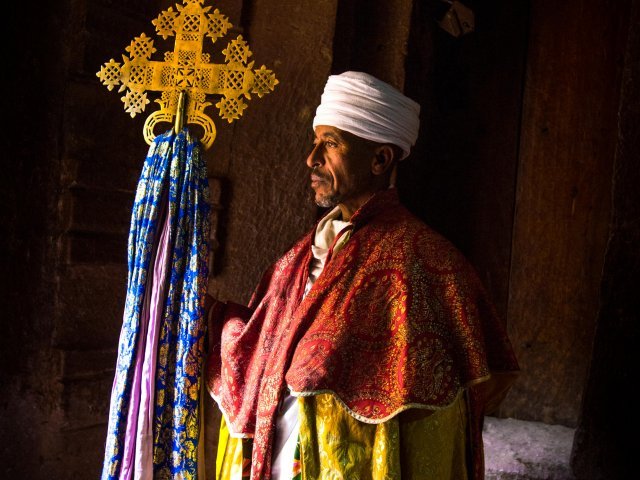The Ethiopian Art Conservation Program (EACP) is a bilateral project between Belgium and Ethiopia which has been in place since January of this year. In August 2021 it became an independent organization responsible for providing restoration and conservation education in Ethiopia. For both the structural build-up of the project and the implementation of the education, EACP calls on Ethiopian professionals.
In January 2020, conservator Naomi Meulemans (The Phoebus Foundation, Antwerp Belgium) set out to explore the cultural sector in Ethiopia; she went in search of her roots and history in the country she left as a child in 1990. Her goal was to bring together Western knowledge of art conservation with the substantive expertise and deontology of dealing with cultural heritage in Ethiopia.
Using our preserved heritage to look back can provide a new interpretation of both cultural issues and traceable evidence of our society’s identity. It is precisely this search for identity that forms the founding principles of the Ethiopian Art Conservation Program. Not only does Ethiopia have an unparalleled wealth of historical sites that are part of humanity’s anthropological history, but the overwhelming amount of on-going art and cultural experiences is impossible to map. Ethiopian art is inextricably linked to daily and ceremonial life. From childhood one comes into contact with centuries-old traditions which carry liturgical and philosophical meanings. The traditions are recorded in everything, from art objects to utensils and in educational and decorative depictions. It stands above all else that Ethiopia is a crossroads of history, art and culture.There are a variety of projects including everything from excavation sites to well-organized conservation campaigns on historical Ethiopian artifacts inside the country as well as those located in institutions and museums worldwide. Not only have these projects increased the international knowledge of Ethiopian history, they have also stimulated tourist activities throughout the country. In fact, cultural tourism has grown to the point of becoming the number one source of income for local Ethiopian professionals.
While tourism brings with it a renewed vigilance, putting heritage front and center on the table, it is striking that there are no officially organized art conservation and deontology training programs for dealing with heritage within Ethiopia itself. Tourism and the cultural sector seem to be booming, but nurturing, preserving and restoring for the future seem to be largely a foreign affair. However, there is a great local concern for heritage conservation.
Conservators with an interest in this project are welcome to join all of our future events and can find more information on our website: www.ethioart.org.
By Naomi Meulemans
For full article and further information:
For full article and further information:
https://www.iiconservation.org/content/ethiopian-dream-art-conservation-ethiopian-art-conservation-program-first-program-train

